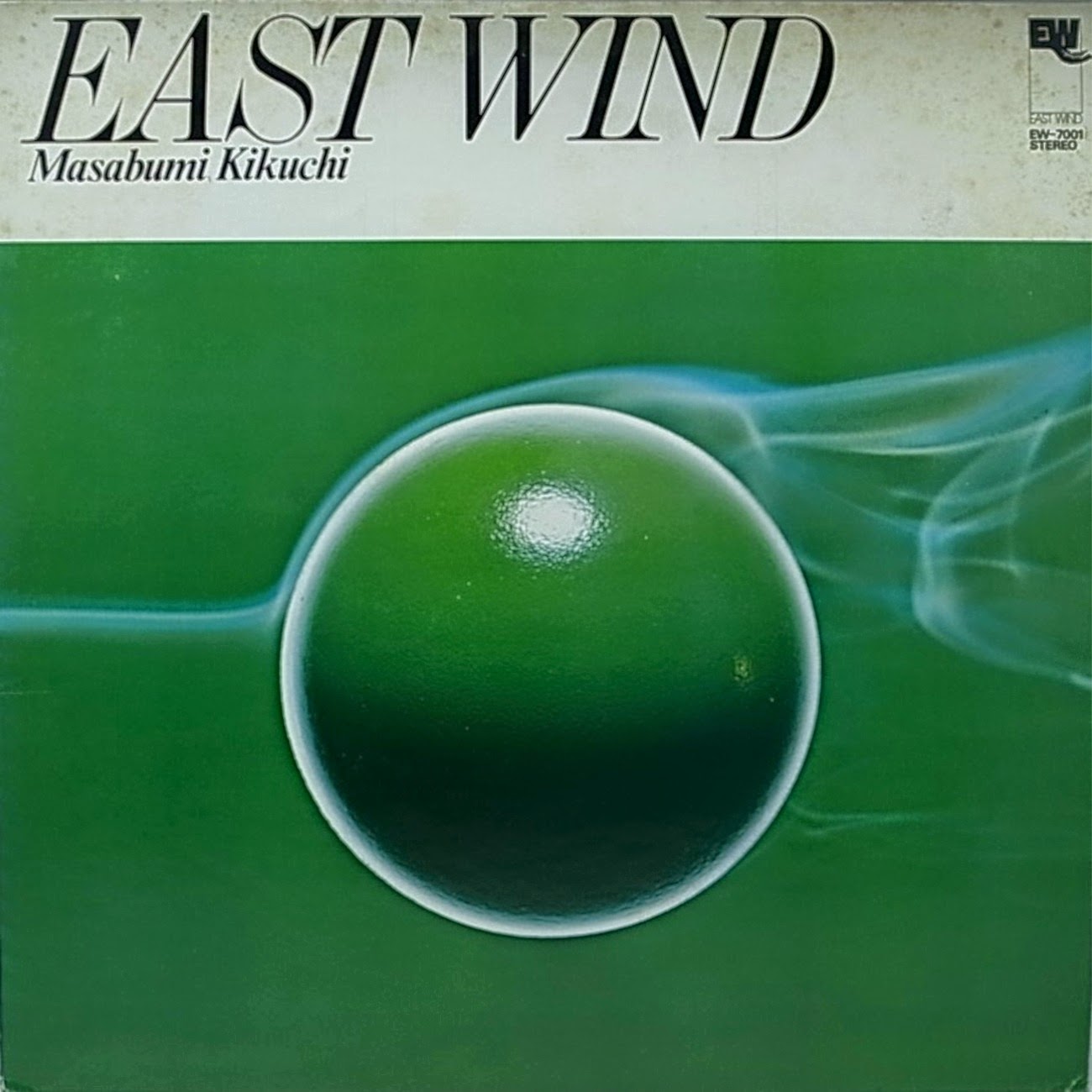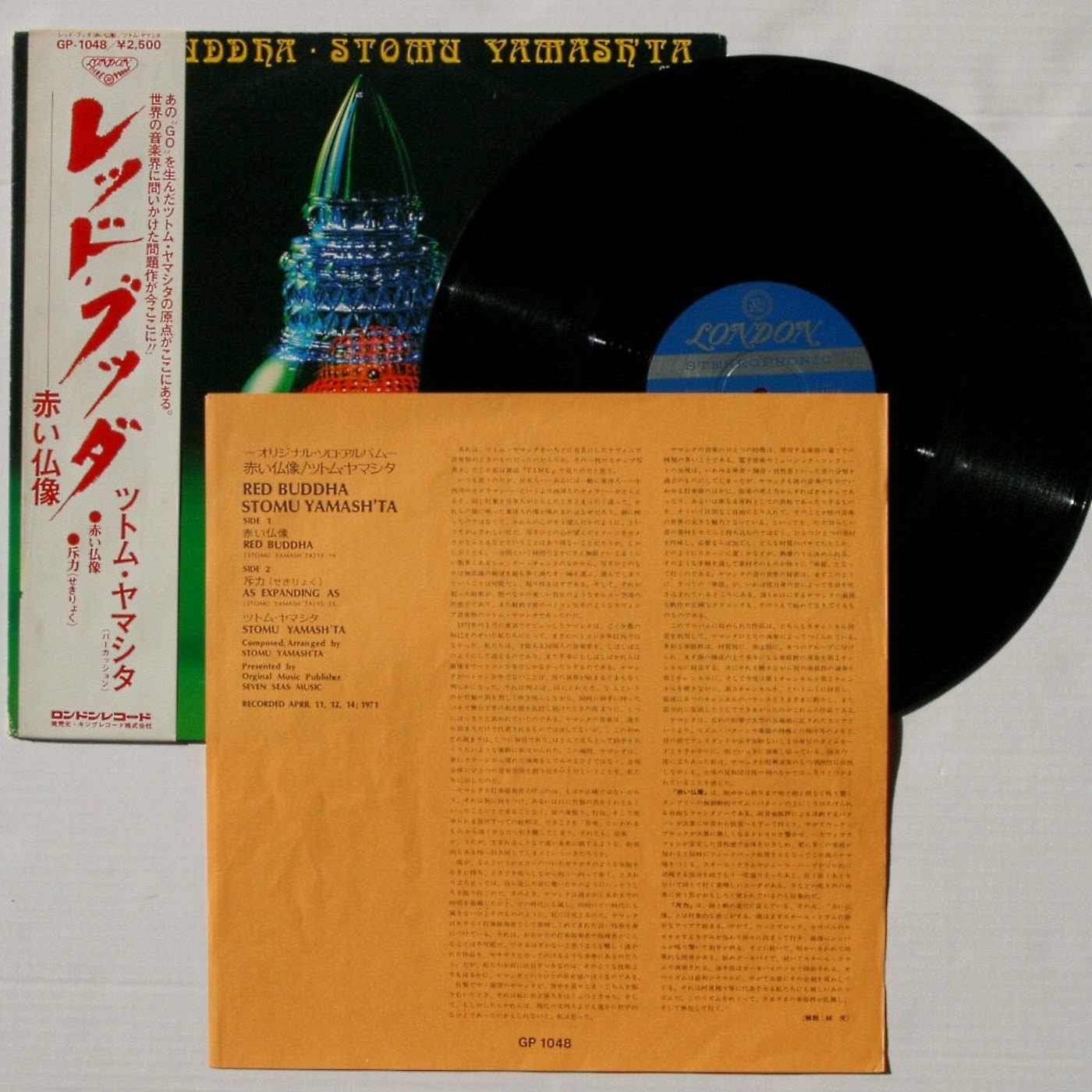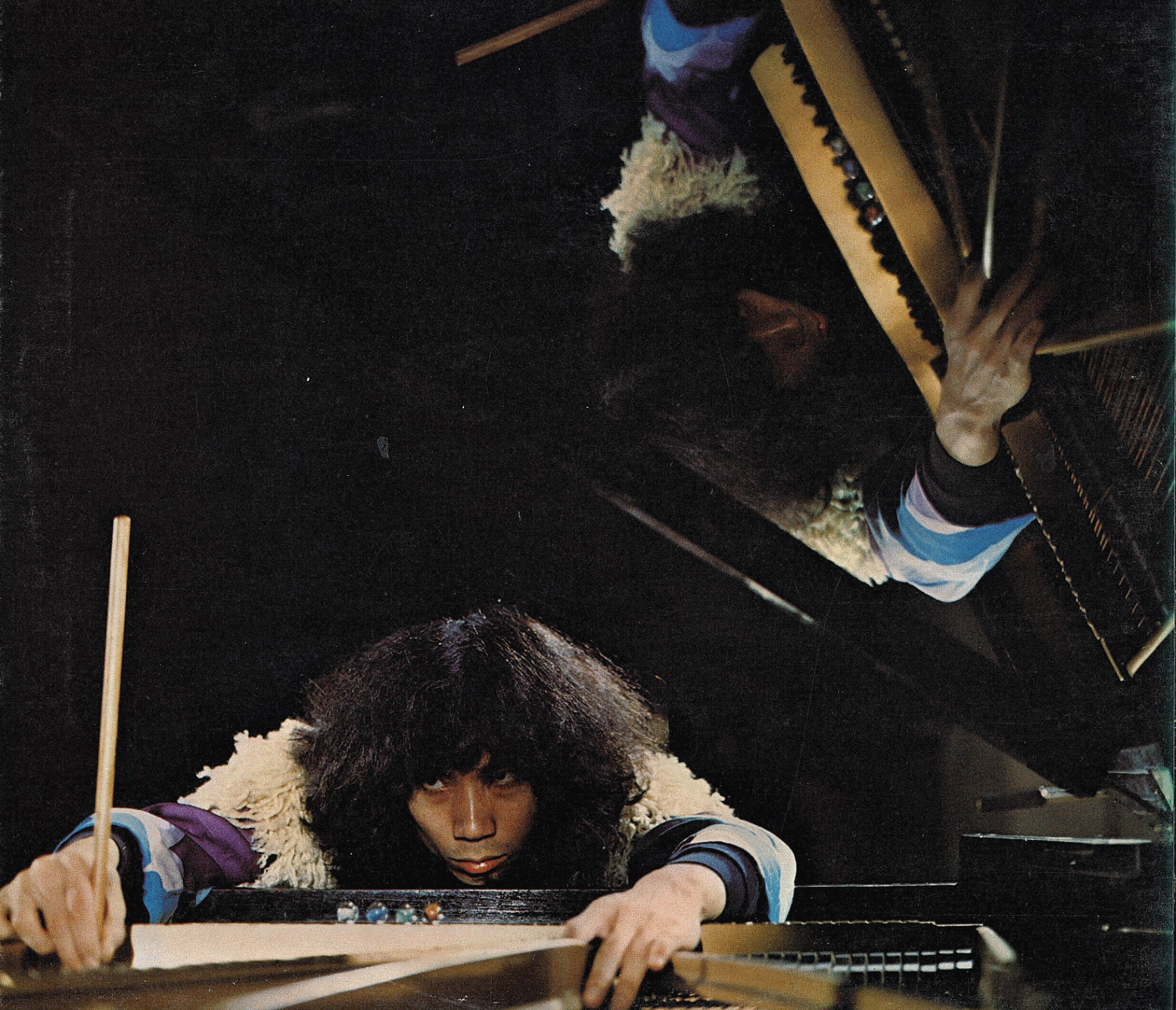Label: Blue Note – BLP 4167
Format: Vinyl, LP, Album / Country: US / Released: 1964
Style: Post Bop, Free Improvisation
Recorded at Van Gelder Studio, Englewood Cliffs, New Jersey, March 21, 1964.
Design [Cover], Photography By [Cover Photo] – Reid Miles
Liner Notes – Nat Hentoff
Recorded By – Rudy Van Gelder
A1 - Refuge . . . . . . . . . . 12:18
A2 - New Monastery . . . . . . . . . . 7:05
B1 - Spectrum . . . . . . . . . . 9:48
B2 - Flight 19 . . . . . . . . . . 4:15
B3 - Dedication . . . . . . . . . . 6:45
Andrew Hill – piano, composed
Eric Dolphy – alto saxophone, flute, bass clarinet
Joe Henderson – tenor saxophone
Kenny Dorham – trumpet
Richard Davis – double bass
Anthony Williams – drums, percussion
Pianist and composer Andrew Hill is perhaps known more for this date than any other in his catalogue -- and with good reason. Hill's complex compositions straddled many lines in the early to mid-1960s and crossed over many. Point of Departure, with its all-star lineup (even then), took jazz and wrote a new book on it, excluding nothing. With Eric Dolphy and Joe Henderson on saxophones (Dolphy also played clarinet, bass clarinet, and flute), Richard Davis on bass, Tony Williams on drums, and Kenny Dorham on trumpet, this was a cast created for a jazz fire dance. From the opening moments of "Refuge," with its complex minor mode intro that moves headlong via Hill's large, open chords that flat sevenths, ninths, and even 11ths in their striding to move through the mode, into a wellspring of angular hard bop and minor-key blues. Hill's solo is first and it cooks along in the upper middle register, almost all right hand ministrations, creating with his left a virtual counterpoint for Davis and a skittering wash of notes for Williams. The horn solos in are all from the hard bop book, but Dolphy cuts his close to the bone with an edgy tone. "New Monastery," which some mistake for an avant-garde tune, is actually a rewrite of bop minimalism extended by a diminished minor mode and an intervallic sequence that, while clipped, moves very quickly. Dorham solos to connect the dots of the knotty frontline melody and, in his wake, leaves the space open for Dolphy, who blows edgy, blue, and true into the center, as Hill jumps to create a maelstrom by vamping with augmented and suspended chords. Hill chills it out with gorgeous legato phrasing and a left-hand ostinato that cuts through the murk in the harmony. When Henderson takes his break, he just glides into the chromatically elegant space created by Hill, and it's suddenly a new tune. This LP is full of moments like this. In Hill's compositional world, everything is up for grabs. It just has to be taken a piece at a time, and not by leaving your fingerprints all over everything. In "Dedication," where he takes the piano solo further out melodically than on the rest of the album combined, he does so gradually. You cannot remember his starting point, only that there has been a transformation. This is a stellar date, essential for any representative jazz collection, and a record that, in the 21st century, still points the way to the future for jazz.
_ Review by Thom Jurek
In 1964, the term avant-garde could have been applied to any number of different musical angles in jazz. The free experiments of John Coltrane and Ornette Coleman, with their pure emotional howling set within very limited contextual framework, are perhaps the most notorious. But there was another avenue that retained a significant structural environment with greater emphasis on composition,even if those compositions were themselves quite a stretch. Hill's third recording as a leader, the diabolically brilliant Point of Departure, may be the apex of this school.
This album includes some of the fiercest, high density writing of the era, with each track featuring tight, byzantine written statements and full-throated blending of timbres. The music includes dissonant harmonies, often employing multiple melodic ideas, and often played very fast. It would be easy to imagine the musicians scratching their heads on the first run through, struggling with music that reached for new levels of complexity. Nevertheless, and despite the very complicated, wrought compositions, the band plays rather loosely. They're all there, but a perfect precision performance does not appear to have been Hill's core demand. Instead, people come in and out slightly ahead or behind the beats, and even when they're harmonizing, cacophonous filigrees abound.
On top of all that—and that's already a lot—Point of Departure features extraordinary improvising. Eric Dolphy—on alto sax, flute and his trademark bass clarinet—pursues pathways that make perfect sense within the music, but still sound like they've arrived from another planet. Joe Henderson's tenor work is right out there with Dolphy, and Kenny Dorham's trumpet adds a bright brass blare over all of it. Hill's piano is all over the map, and he plays the way he writes: inventive, unpredictable, and fearless. Notably, although the improvising is very aggressive and forward-looking, everyone still keeps his statements within the context of the music. Nothing on this record ever veers off into free territory...
A musical masterpiece.
(_ By Greg Simmons)
If you find it, buy this album!
































.jpg)

























.jpg)

.jpg)



.jpg)

.jpg)


.jpg)

.jpeg)



.jpg)

.jpg)




.jpg)

.jpg)





.jpg)

.jpg)
.jpg)

.jpg)
.jpg)

.jpg)
.jpg)

.jpg)




.jpg)

.jpg)
.jpg)

.jpg)